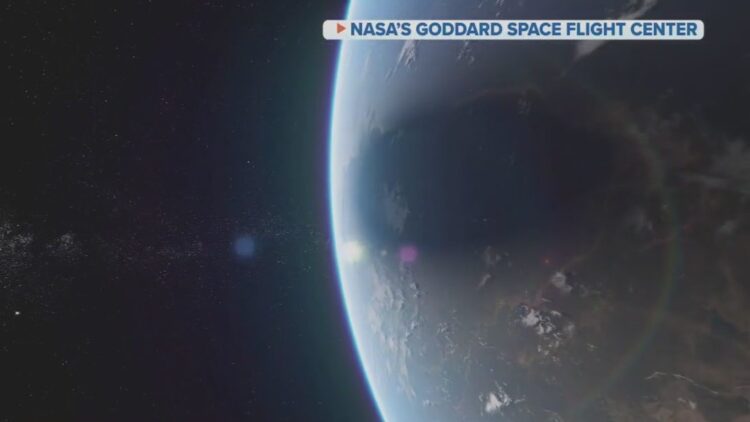By Aaron Miller-
As millions across North America marvelled at the cosmic spectacle of the total solar eclipse, NASA seized the opportunity to conduct groundbreaking scientific tests, shedding light on the mysteries of the ionosphere and the Sun’s corona.
Amidst the awe-inspiring celestial display, NASA launched a trio of sounding rockets strategically timed to measure changes in the ionosphere, an upper atmospheric layer crucial for long-distance radio communication.
These tests, conducted before, during, and after the eclipse, aimed to capture the effects of the sudden darkness on this vital atmospheric region.
Furthermore, the eclipse provided an unprecedented chance to study the Sun’s corona, the outer layer of its atmosphere typically obscured by the Sun’s dazzling brightness.
NASA heliophysicist Michael Kirk expressed exhilaration at the sight of the corona, noting its striking visibility during the eclipse’s passage through Dallas. He emphasized the significance of the Sun’s current 11-year cycle, which resulted in an asymmetrical corona, revealing intricate structures previously hidden from view.
Moreover, the eclipse unfolded with breathtaking phenomena, including the “diamond ring” effect caused by the lunar topography and fleeting appearances of celestial bodies like Venus and Jupiter in the darkened sky. Such occurrences underscored the cosmic dance witnessed during the eclipse, captivating observers and scientists alike.
Beyond the realm of astrophysics, the eclipse also offered insights into animal behaviour, with documented instances of startling reactions such as roosters crowing as darkness mimics dawn’s arrival. In humans, eclipses evoke feelings of awe, prompting introspection about our place in the universe.
Studies have shown that shared experiences like eclipses foster “prosocial” feelings among individuals, highlighting the profound impact of celestial events on human psyche and societal dynamics.
In essence, while the solar eclipse served as a mesmerizing spectacle for millions, it also served as a platform for cutting-edge scientific exploration, reaffirming NASA’s commitment to unravelling the mysteries of the cosmos and enhancing our understanding of the universe and our place within it.




